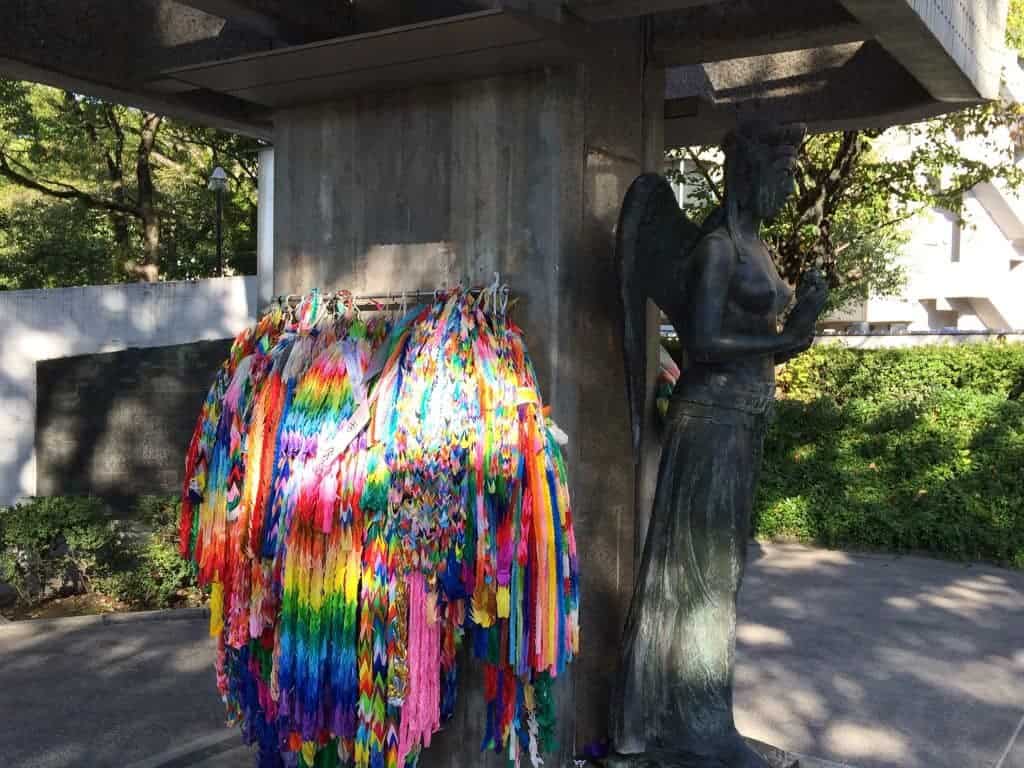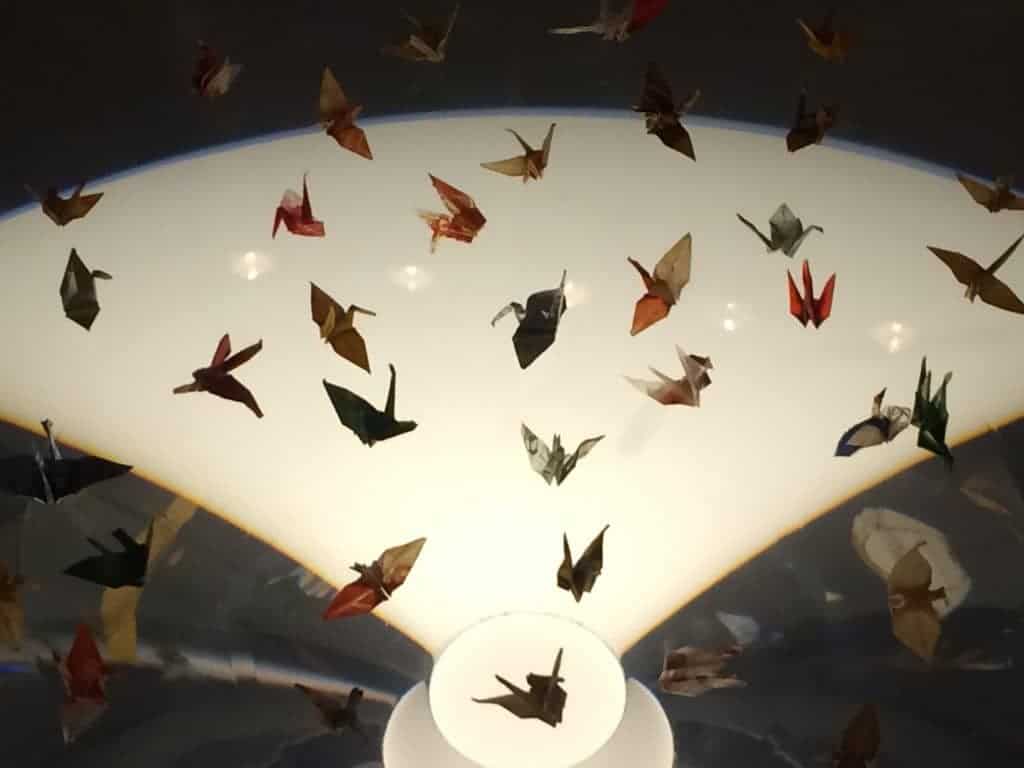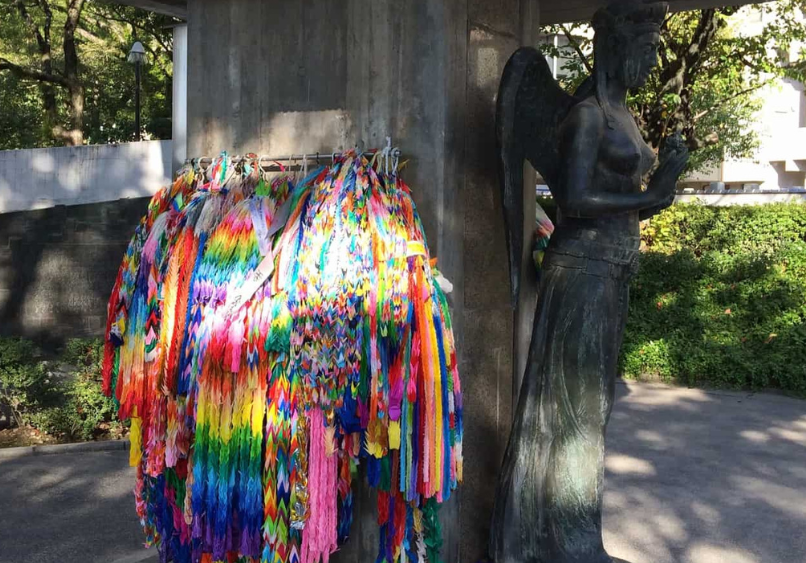By Renee Kelch, RPR, CLR
 However much you think you know about something, you never really fully understand it until you see it firsthand. This fact became evident to me on my first trip to Hiroshima in October. I had seen the photographs of the “Atomic Bomb Dome” and read accounts of the devastation in textbooks, but until I saw the artifacts of war with my own eyes, I didn’t have nearly the complete story. I knew, of course, of the ravages of war, but when I walked the historical parks of Hiroshima and saw the vibrancy of this city of over a million people – a center of Japanese culture, cuisine, and education – I understood the reality of the city beyond its place in history.
However much you think you know about something, you never really fully understand it until you see it firsthand. This fact became evident to me on my first trip to Hiroshima in October. I had seen the photographs of the “Atomic Bomb Dome” and read accounts of the devastation in textbooks, but until I saw the artifacts of war with my own eyes, I didn’t have nearly the complete story. I knew, of course, of the ravages of war, but when I walked the historical parks of Hiroshima and saw the vibrancy of this city of over a million people – a center of Japanese culture, cuisine, and education – I understood the reality of the city beyond its place in history.
I had seen news reports of the young girl, Sadako, who died of leukemia at age 12, ten years after being exposed to the bomb’s radiation. I knew something of Sadako’s “1,000 origami cranes for peace,” but I did not know her full story until I visited Peace Memorial Park in Hiroshima. The crane is a mystical animal in Japan that is said to live for a thousand years. According to an ancient Japanese story, anyone who folds a thousand origami cranes will be granted a wish.
 The museum contains photographs of Sadako, and alongside her story is a display of some of the origami cranes that she folded. A statue of Sadako at the park is inscribed, “This is our cry. This is our prayer. Peace in the world.”
The museum contains photographs of Sadako, and alongside her story is a display of some of the origami cranes that she folded. A statue of Sadako at the park is inscribed, “This is our cry. This is our prayer. Peace in the world.”
To this day, children from around the world send origami cranes to Hiroshima, where they are displayed in the Peace Memorial Park. Seeing these artifacts in person lent them a power and a presence of Sadako – and her 1,000 cranes – as a symbol of innocent victims of war that is not transmitted through distant images alone.

